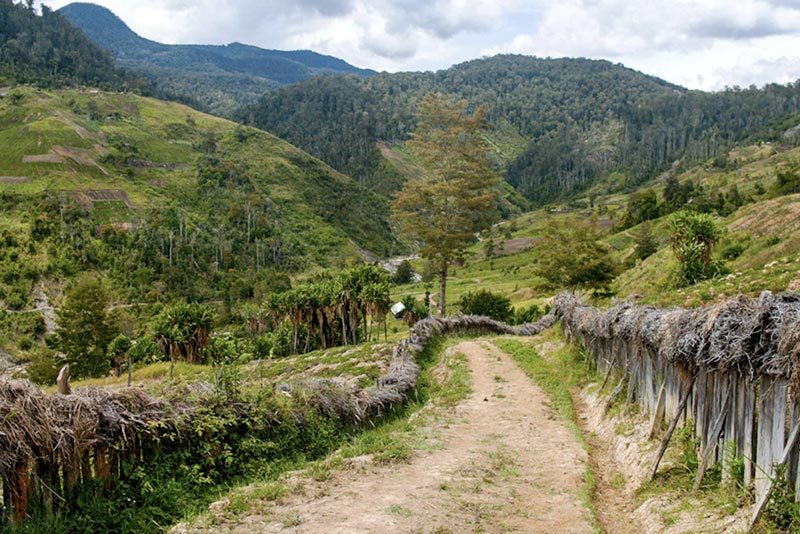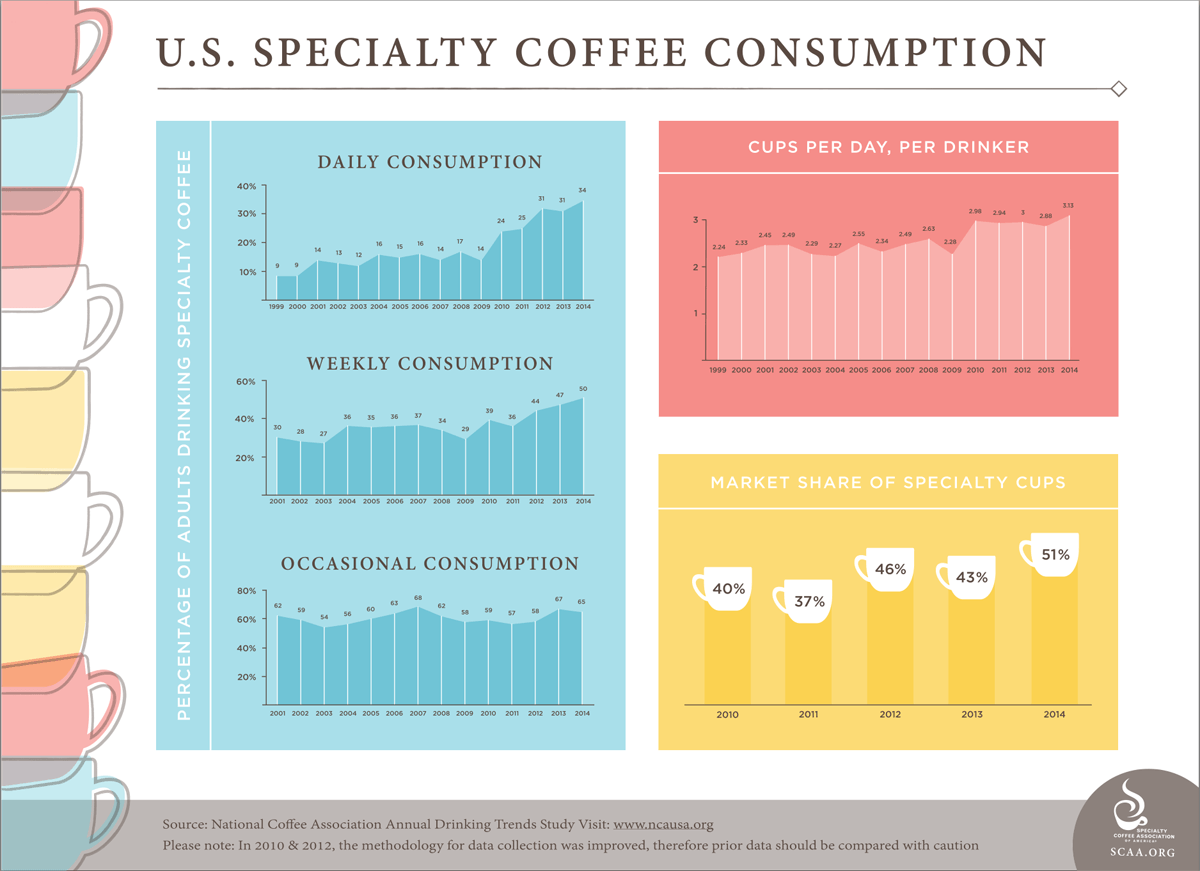Papua New Guinea Coffee: Get To Know Your Coffee Origins

Though the country of Papua New Guinea shares the Papua island with Indonesia on the Western half, the coffee from here is actually very distinct from the typical Indonesian bean—and the story of this nation is quite different as well. Let’s discover how Papua New Guinea coffee came to be and why it’s so different from much of the coffees from surrounding islands.
A History Of Papua Coffee
The area of Papua island now known as Papua New Guinea wasn’t colonized until 1885—nearly two centuries after islands not far to the West. The Germans established colonies in the North and the British had their own in the South. These two powers mainly brought the Blue Mountain arabica plants from Jamaica, rather than using the robusta plants found all over Asia and the Pacific at this point. Commercial exports from farms around the coast took off in 1920’s. When an Australian prospector in the 30’s discovered that the island’s interior was actually very fertile and populated (they previously thought it was too rugged for farming and uninhabited), coffee production expanded rapidly. By the 50’s, the Papua government had established relationships with the previously unknown inland tribes and were encouraging them to create family coffee “gardens”.
A Less Eventful History Isn’t Always A Bad Thing
Throughout the 60’s and 70’s, PNG’s coffee production thrived as new infrastructure around the island was established and old plantations were divided among the native population. Unfortunately, due to falling or stagnant coffee prices since 2000, PNG’s coffee industry has found itself at an economic ceiling. It’s still a major export and a massive employer, but it’s not growing at the rate it was—and it doesn’t seem like that’s going to change anytime soon. Compared to many other island nations nearby, PNG didn’t experience the same colonial intensity that led to poverty, starvation, and other forms of oppression. It also missed out on the coffee boom and rust bust of the late 1800’s that its neighbors endured. It certainly had (and still has) a very complex geopolitical landscape with hundreds of native tribes that are occasionally at odds, but the country’s story since colonial times has been, thankfully, a little less bleak.
Papua New Guinea Coffee Growing Facts
The relative peace and lack of severe oppression in PNG doesn’t mean that the country hasn’t seen hard times—but the struggles have largely been internal. With over 800 languages spoken in the country by local tribes, it’s no wonder that there’s been a lot of conflict and struggle that’s caused ups and down within the coffee industry. 95% of coffee producers are small-holders with only a couple hectares of coffee farm, and most of these small family gardens also have other crops like bananas, papaya, and legumes alongside the coffee. As time goes on, some of PNG’s infrastructure has begun to collapse, making the movement of coffee more difficult and expensive for small farmers. Only 10% of the population has access to the internet and only 55% have telephones. There is a small upside though: this lack of connectivity has also caused PNG coffee to be naturally grown without pesticides or other agro-chemicals, so there’s quite a bit of Certified Organic coffee from the country—though almost all coffee is grown organically even if it’s not certified. Because of these internal challenges, PNG only produces 1% of the world’s coffee. And yet, it’s an income generator for a massive 40% of the country’s population. Coffee’s not just important culturally—it’s an economic driver, but unfortunately, one that’s not growing like it should. The plateaued price for coffee beans since 2000 has really stunted the industry’s ability to grow, which is something we can see happening all over the world.
What Does PNG Coffee Taste Like?
Like we said earlier, coffee from Papua New Guinea is pretty different from the areas around it. The typical flavor profile is quite distinct from the earthy and spicy flavors of beans found just a few islands to the West. The Papua island’s stunningly fertile soil tends to produce beans that have a crisp citrus acidity and are rich with flavors of chocolate and tropical fruits.
Papua New Guinea Coffee At A Glance
- Flavor: Chocolate, tropical fruit, citrus
- Processing: Washed
- Main Growing Regions: Chivu, Eastern Highlands, Western Highlands
- Harvest: April to September





